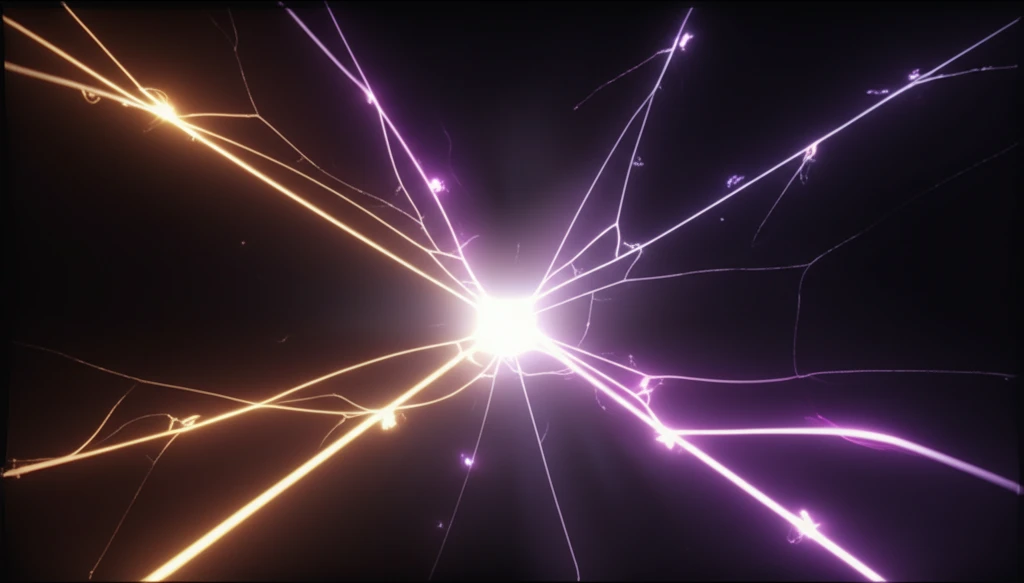
Laser Beam Breakthrough: How New Modeling Tech Could Revolutionize Fusion Energy
"Scientists are refining cross-beam energy transfer (CBET) models, paving the way for more efficient and predictable fusion reactions—and it's all thanks to a clever trick involving caustics."
The quest for clean and sustainable energy has led scientists down many paths, and one of the most promising is inertial confinement fusion (ICF). Imagine creating a tiny star on Earth, where hydrogen atoms fuse to release immense energy. This is the promise of ICF, but harnessing this power requires incredibly precise control over laser energy. Cross-beam energy transfer (CBET) plays a crucial role, but it’s also a significant challenge to model accurately.
In ICF, multiple laser beams converge on a small fuel capsule, compressing and heating it to the point of fusion. However, as these beams travel through plasma, they can exchange energy in unexpected ways due to CBET, an instability affecting how energy is deposited. Understanding and predicting CBET is essential for optimizing implosions, but the complex physics makes it difficult. Current models often require artificial adjustments to match experimental results, indicating gaps in our understanding.
Now, a team of researchers has introduced a new approach to modeling CBET that could significantly improve the accuracy and efficiency of ICF simulations. Their secret? A clever method of accounting for caustics, those points where light rays converge and traditional ray-tracing methods falter. This breakthrough promises to bring us closer to realizing the dream of fusion energy.
The Caustic Conundrum and the CGT Solution

Traditional ray-based CBET models, while computationally efficient, struggle with caustics. At these points, the reconstruction of the field amplitude diverges, leading to inaccuracies. Think of it like trying to predict the path of a river when the riverbed suddenly becomes extremely narrow and turbulent. The standard equations just don't hold up.
- Improved Accuracy: CGT significantly enhances the precision of CBET modeling.
- Energy Conservation: The algorithm conserves energy more effectively, leading to more reliable simulations.
- No Artificial Multipliers: CGT eliminates the need for ad-hoc adjustments, increasing confidence in the model's predictions.
- Computational Efficiency: The method remains computationally feasible for complex 3D simulations.
The Future of Fusion Modeling
This new CGT algorithm represents a significant step forward in CBET modeling. By accurately accounting for caustics, it improves the reliability and predictive power of simulations, bringing us closer to harnessing the potential of fusion energy. With this advancement, scientists can design and optimize ICF experiments with greater confidence, accelerating the progress towards a sustainable energy future.
